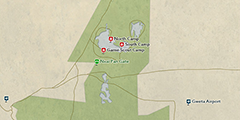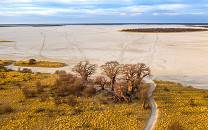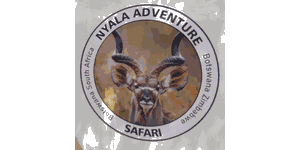
Safari Tours to Nxai Pan NP
-
![12-Day Botswana Family Safari Tour]()
12-Day Botswana Family Safari Tour
$13,199 to $14,950 pp (USD)
Botswana & Zimbabwe: Private tourLuxuryLodge & Tented Camp
You Visit: Victoria Falls (Start), Kwando Concession, Kwara Concession (Okavango Delta), Nxai Pan NP, Maun Airport (End)

Wayfairer Travel
4.8/5 – 184 Reviews
-
![6-Day Explore Boteti River, Nxai Pan and Makgadikgadi]()
6-Day Explore Boteti River, Nxai Pan and Makgadikgadi
$1,815 pp (USD)
Botswana: Private tour
Mid-range Camping & BungalowYou Visit: Maun (Start), Boteti River, Nxai Pan NP, Makgadikgadi Pans NP, Maun (End)

Nyala Mobile Safaris
5.0/5 – 9 Reviews
-
![4-Day Botswana Makgadikgadi Zebra Migration Experience]()
4-Day Botswana Makgadikgadi Zebra Migration Experience
$2,178 pp (USD)
Botswana: Shared tour (max 7 people per vehicle)BudgetCamping
You Visit: Maun (Start), Nxai Pan NP, Maun (End)

Early Kingfisher Safari
5.0/5 – 33 Reviews

 Botswana Parks
Botswana Parks











